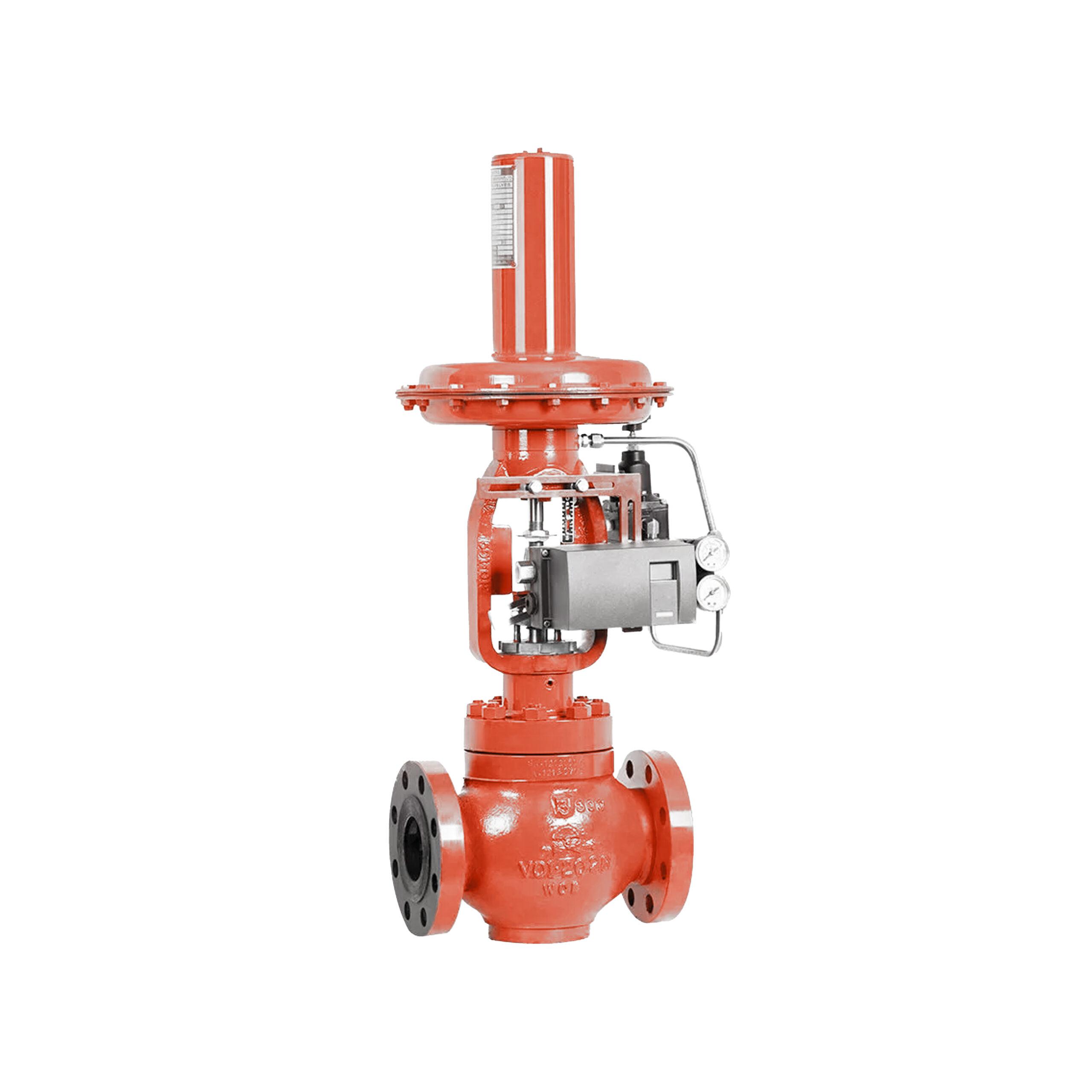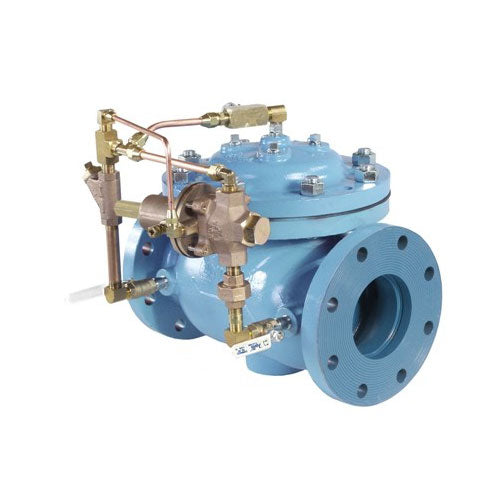Enhancing System Control with High-Performance Control Valves
Enhancing System Control with High-Performance Control Valves
Blog Article

Maximize Power Savings and Comfort With Advanced Structure Automation Controls
In the realm of contemporary architecture and center management, the combination of advanced structure automation controls stands as an essential innovation. The convergence of modern technology and sustainability has actually birthed a brand-new era where energy effectiveness, convenience optimization, and functional streamlining are no much longer far-off goals yet attainable realities. By harnessing the power of automation, structures can adapt, react, and develop in manner ins which were as soon as unimaginable. The possibility for considerable energy savings and improved convenience is not simply a guarantee but an opportunity waiting to be fulfilled. This paradigm shift in building administration holds the crucial to unlocking a globe where environmental conscientiousness and occupant health harmoniously exist together within the wall surfaces of our structures.
Power Performance Advantages
Energy performance advantages can considerably decrease power intake and functional prices in buildings. By implementing energy-efficient methods and innovations, structure owners and drivers can achieve significant financial savings while likewise adding to ecological sustainability. One of the main advantages of enhancing energy performance in buildings is the decrease of energy costs. Energy-efficient systems, such as innovative building automation controls, can optimize making use of sources like illumination, cooling, and home heating, leading to reduced energy expenses with time.
Moreover, enhanced power efficiency can prolong the lifespan of structure equipment and systems. By running a lot more effectively, cooling and heating systems, lighting fixture, and various other building components experience less damage, causing minimized maintenance and substitute costs. In addition, energy-efficient structures commonly command greater home values and rental rates, giving long-lasting economic advantages to owners.
In addition, energy performance can enhance occupant convenience and productivity. Appropriately controlled indoor settings with ideal illumination and thermal problems produce an even more helpful and pleasant workspace, causing enhanced staff member satisfaction and efficiency. Generally, the energy efficiency benefits related to innovative structure automation controls are diverse, encompassing price financial savings, ecological stewardship, and passenger well-being.
Improved Convenience Control
Enhancing comfort control in structure atmospheres needs an innovative assimilation of advanced automation systems for optimum owner well-being. By making use of advanced structure automation controls, facilities can customize the interior atmosphere to meet the specific requirements and choices of residents. control valves.
By integrating these sophisticated controls, buildings can not only improve convenience yet likewise boost energy efficiency by optimizing system operations based on actual tenancy and use patterns. Inevitably, prioritizing passenger convenience through innovative automation systems leads to a much more satisfying and much healthier interior environment.
Operational Performance Improvements

In addition, the implementation of real-time surveillance and analytics tools enables building drivers to determine power inadequacies and operational anomalies quickly. By continually checking power usage patterns and system efficiency metrics, changes can be made in real-time to optimize power intake and guarantee peak functional efficiency. control valves. Additionally, integrating demand response strategies into structure automation controls can better improve operational efficiency by dynamically adjusting energy use based upon grid conditions and prices signals
Indoor Environment Optimization
Reliable indoor climate optimization is an essential aspect of structure automation controls, ensuring residents' convenience and health while making best use of energy financial savings. By making use of innovative sensing units and controls, building automation systems can constantly readjust and keep track of temperature level, moisture degrees, air quality, and ventilation to produce an optimal indoor environment. Preserving consistent and comfortable problems not only enhances owner satisfaction but likewise increases performance and general wellness.
Indoor environment optimization also plays an essential duty in power efficiency. By fine-tuning heating, air conditioning, and ventilation systems based upon real-time data and tenancy you can look here patterns, developing automation controls can considerably decrease power intake - control valves. Applying approaches such as demand-controlled ventilation and thermal zoning can help lessen energy waste while guaranteeing that each location of the structure obtains the required conditioning.

Sustainable Setting Creation
Structure automation regulates not only maximize interior climate problems for power efficiency and owner comfort but likewise lay click here for more the structure for developing a lasting atmosphere through critical management of systems and resources. By integrating innovative building automation technologies, such as sensing units, actuators, and intelligent software application, facilities can keep track of and adjust power usage in real-time to decrease waste and reduce their carbon impact. These systems enable anticipating upkeep, identifying prospective problems before they escalate and optimizing devices efficiency to improve longevity and performance.
Furthermore, lasting environment production expands beyond energy management to incorporate water conservation, waste decrease, and indoor air top quality improvement. Structure automation controls can manage water use, find leakages, and guarantee appropriate waste disposal methods, adding to general sustainability efforts. In addition, by controlling and checking air flow and filtering systems, these modern technologies improve resident health and wellness and performance while lowering power consumption related to heating and cooling procedures.
Final Thought
To conclude, progressed structure automation regulates offer substantial advantages in terms of power financial savings, comfort control, functional effectiveness, indoor environment optimization, and developing a lasting setting. By executing these controls, buildings can attain optimal performance while lowering energy consumption and enhancing occupant comfort. It is obvious that making use of sophisticated automation technology is crucial in boosting building efficiency and producing an extra lasting future.
Energy effectiveness advantages can substantially decrease power consumption and functional expenses in structures. On the whole, the energy efficiency benefits connected with sophisticated building automation controls are multifaceted, incorporating cost savings, environmental stewardship, and occupant well-being.
Additionally, incorporating demand feedback techniques into building automation controls can better improve operational effectiveness by dynamically changing energy usage based on grid conditions and pricing signals.
Building automation controls not just enhance indoor environment conditions for power effectiveness and owner comfort yet likewise lay the structure for producing a lasting atmosphere through strategic monitoring of systems and sources.In final thought, advanced building automation regulates deal significant benefits in terms of energy financial savings, comfort control, operational efficiency, interior climate optimization, and creating a sustainable environment.
Report this page